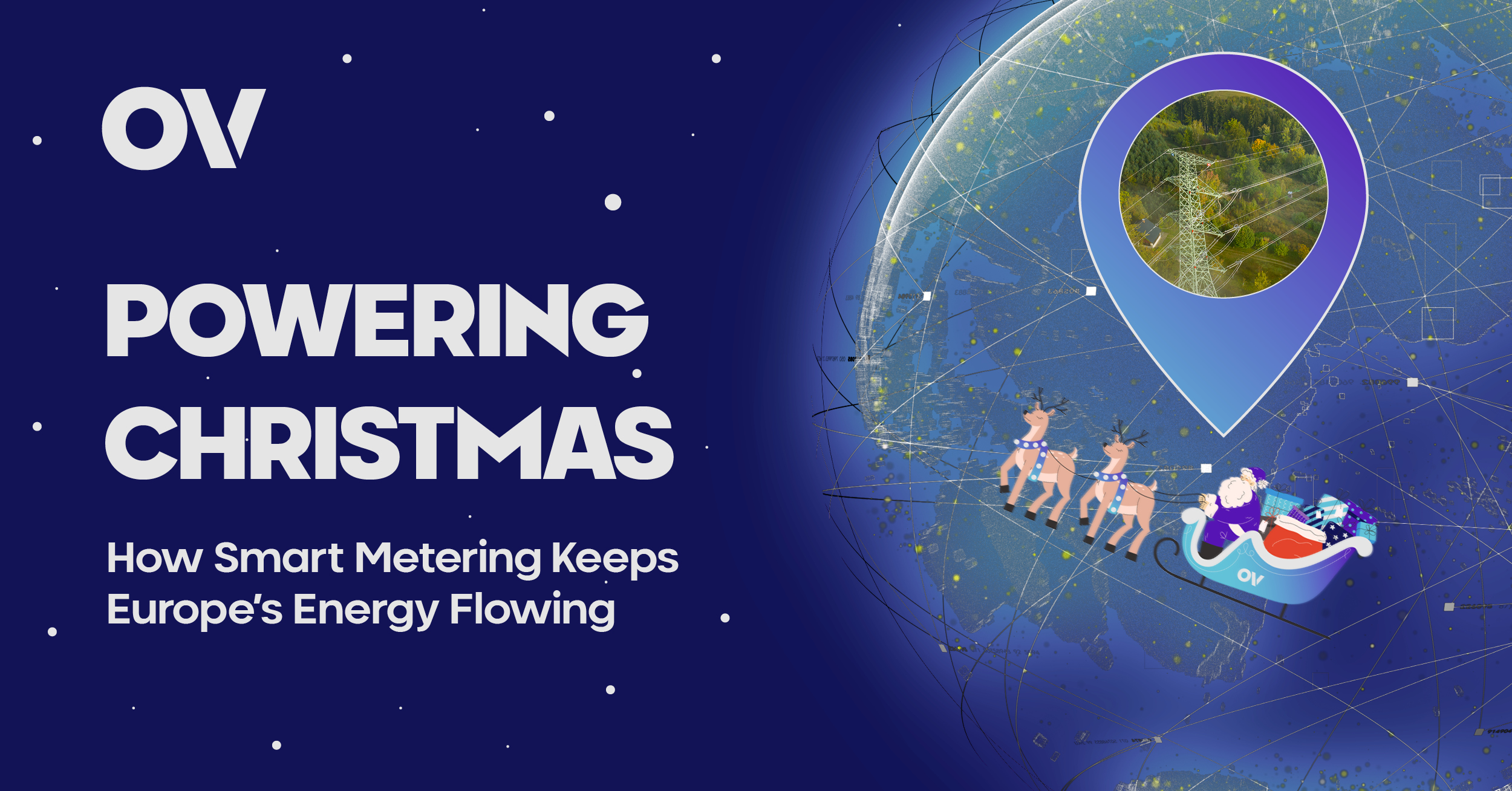Originally published
August 21, 2024
Last Updated
July 8, 2025
Connectivity is crucial in ensuring devices communicate effectively, securely, and consistently in the realm of IoT. Technologies such as eSIM, LTE-M, and reliable network operators are essential components of this ecosystem. Understanding these elements is key to the successful deployment and management of IoT solutions.
eSIM (Embedded SIM) Technology
eSIM, or Embedded SIM, is a significant advancement in IoT connectivity. Unlike traditional SIM cards, eSIM is embedded directly into the device’s hardware. This offers several advantages:
Remote Provisioning: eSIM can be reprogrammed remotely, allowing seamless switching between carriers without the need for physical SIM swaps. This is particularly valuable for IoT devices deployed in remote or hard-to-reach locations.
Enhanced Security: eSIM technology includes built-in security features, such as encryption and secure authentication, reducing the risk of tampering and unauthorised access.
Size and Durability: As a small, soldered component, eSIM is more durable than traditional SIM cards, making it ideal for devices exposed to harsh environments or requiring a long operational lifespan.
eSIM technology is increasingly seen as a future-proof solution for IoT deployments, providing flexibility and reducing logistical challenges associated with traditional SIM management.
LTE-M (Long-Term Evolution for Machines)
LTE-M is a low-power, wide-area network (LPWAN) technology specifically designed for IoT applications. It operates on existing LTE networks and offers several benefits:
Low Power Consumption: LTE-M is optimised for battery-powered devices, enabling longer device life and reducing maintenance costs for IoT solutions.
Extended Range and Coverage: LTE-M provides improved penetration in challenging environments, such as underground or within buildings, ensuring connectivity in areas where traditional cellular signals might struggle.
Mobility and Voice Support: Unlike other LPWAN technologies, LTE-M supports device mobility and voice services, making it suitable for a broader range of IoT applications, including asset tracking and emergency systems.
LTE-M’s ability to deliver reliable, energy-efficient connectivity over wide areas makes it an excellent choice for IoT solutions that require consistent communication across diverse and sometimes challenging environments.
The Importance of a Reliable Operator
A reliable IoT operator is crucial for businesses that require seamless, scalable, and secure connectivity solutions. OV, a leading global IoT Mobile Network Operator (MNO), stands out in this regard due to its comprehensive control over the entire technology stack—from network infrastructure to billing systems and APIs. This end-to-end control allows OV to offer unparalleled flexibility and agility, ensuring businesses can scale quickly while maintaining robust connectivity.
OV’s OV One platform is a prime example of its commitment to innovation and reliability. It provides a fully integrated eSIM management service that supports over 600 direct roaming agreements in more than 170 countries. This extensive coverage, coupled with 24/7 support and remote SIM provisioning, ensures that devices stay connected no matter where they are deployed.
Moreover, OV’s approach is rooted in transparency and customer-centricity, making it an ideal partner for businesses looking to expand their IoT capabilities globally. With a focus on reducing complexity and providing tailored solutions, OV ensures that its clients can manage and scale their IoT deployments efficiently, making it a trusted operator in the IoT sphere.
Ready to take your IoT solutions to the next level? Partner with OV for unmatched global connectivity and seamless eSIM management. Talk to our team today to explore how our innovative platform can help you scale quickly, securely, and efficiently.
READ MORE
DISCOVER MORE NEWS AND DEVELOPMENTS IN IOT & GLOBAL CONNECTIVITY


.png)


